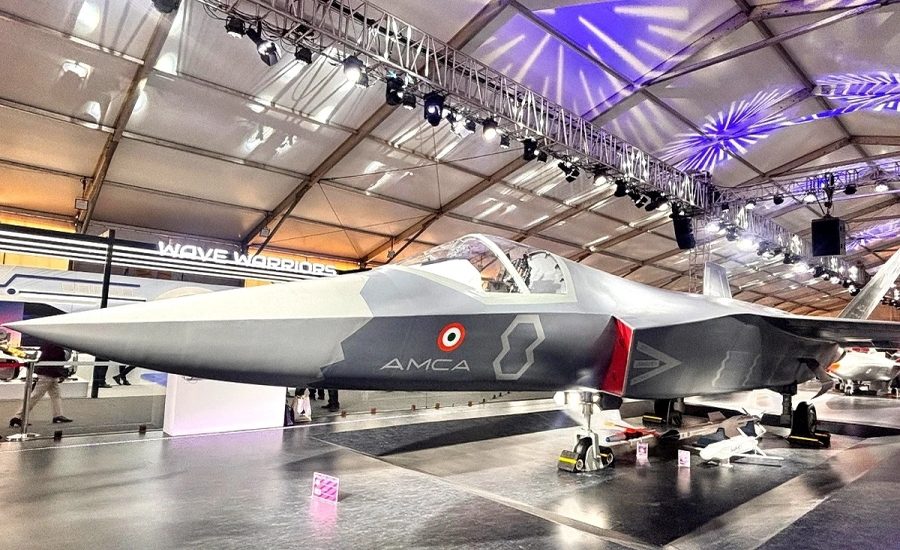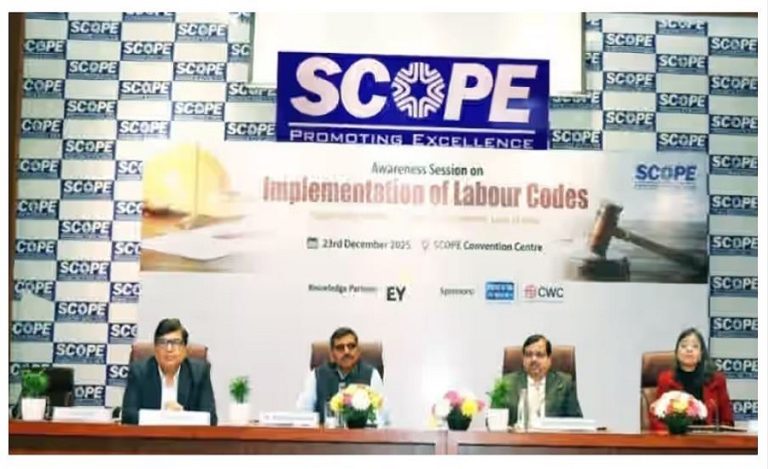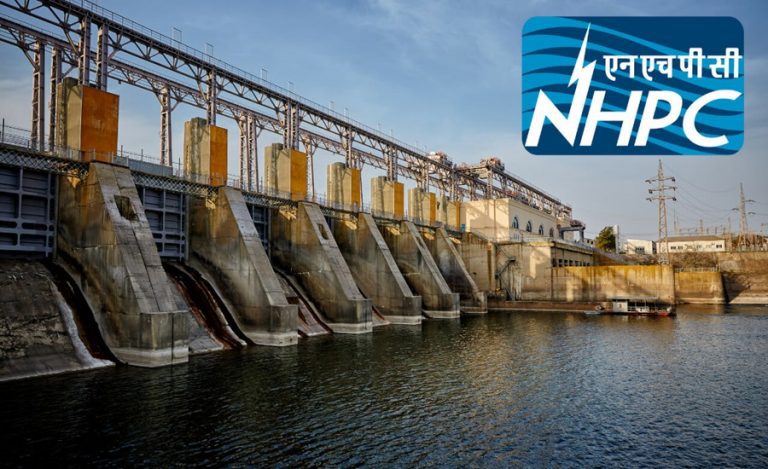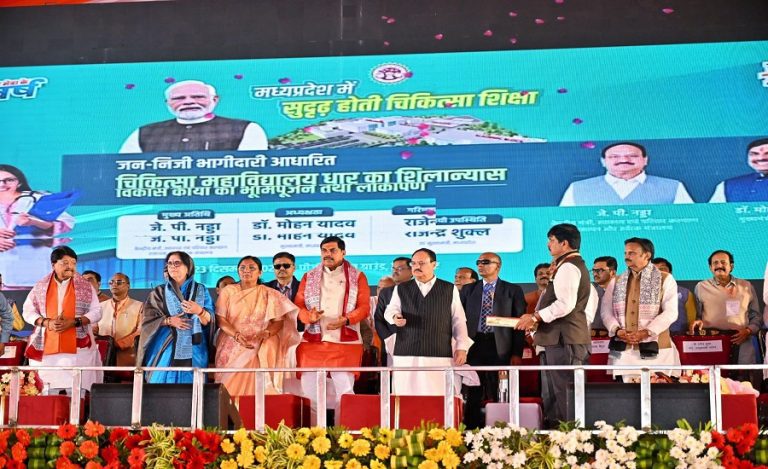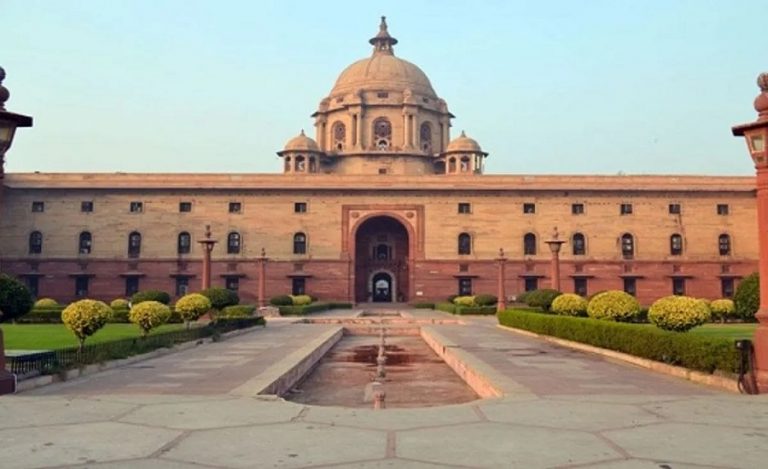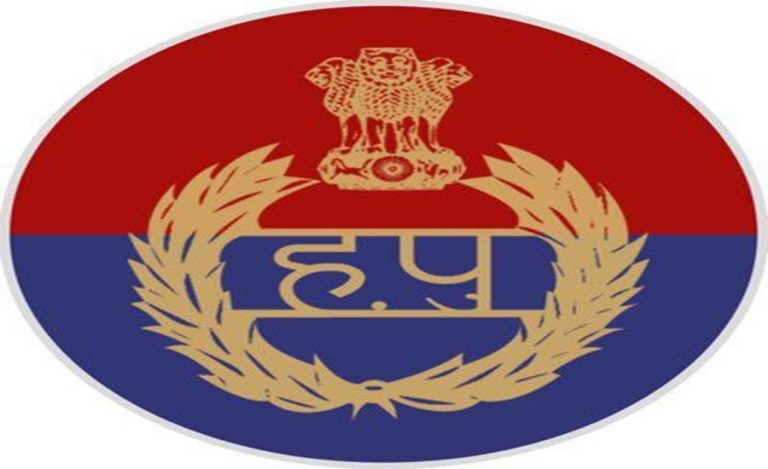New Delhi: The Tejas MK‑1 (and its MK-1A derivatives) have served as the bedrock of indigenous fighter development, but the MK-2 is positioned as the next generation stepping stone ahead of the fifth-generation AMCA.
By advocating the shift, Bhadauria is signalling not just a procurement tweak, but a deeper strategic shift; faster induction, stronger domestic manufacturing, and reduced dependence on foreign imports.
Key Highlights from Bhadauria’s Address
1. A call to shift 97 Tejas MK-1A orders to MK-2: The Ministry of Defence (MoD) has issued a tender for an additional 97 Tejas MK-1A aircraft, valued at more than ₹65,000 crore.
Bhadauria’s suggestion: Instead of proceeding with further MK-1A production, place immediate orders for MK-2 variants. He argued that this will accelerate capability enhancement and avoid operating an older configuration when a superior one is within reach.
2. MK-2 variant advantages: The MK-2 offers higher payload capacity and longer endurance.
It is designed to be more compatible with modern weapons, avionics and future upgrades — making it a strong foundation for future air-combat requirements.
Bhadauria described the MK-2 as a crucial “stepping-stone” built on three decades of experience with Tejas.
3. Indigenous production & private sector role emphasised: He pressed that India must “trust its indigenous ecosystem” — combining the efforts of MoD, DRDO labs, public sector DPSUs and private industry.
The MK-2 and the AMCA programmes are meant to operate as complementary pillars in India’s aviation roadmap.
4. Fast-tracking to avoid past delays: Bhadauria noted the historical delays in defence programmes and urged a fresh focus on “fast-tracking at every stage” — especially production, testing and induction schedules.
5. Strategic message: Less imports, more self-reliance: He underlined a decisive break from keeping options open for foreign fighters; instead, the path forward lies through indigenous aircraft development.
Implications for India’s Defence & Aerospace Sector
Boost for “Make in India”: Redirecting the 97-aircraft contract to MK-2 would bolster manufacturing at home, provide larger work-share for Indian firms, and deepen technological capabilities.
Fleet readiness & relevance: By choosing the more capable MK-2, the Indian Air Force (IAF) would be acquiring jets that remain operationally relevant longer, reducing the risk of fielding less-capable platforms.
Cost & procurement dynamics: Shifting to MK-2 may involve higher initial procurement costs, tooling changes and potential delay in ordering. But Bhadauria argues the payoff is higher capability and longer runway for upgrades.
Industry challenge & opportunity
Private sector players get a stronger role, as part of the consortium model for both MK-2 and AMCA. The call challenges the industry to step up to deliver.
Message to adversaries: In regional power balance terms, this move sends a clear signal: India is doubling down on domestic fighter-jet development, not relying solely on imports.
What’s Next: Key Questions and Watch-Points
- Will the MoD annul or modify the existing tender for 97 Tejas MK-1A and pivot to MK-2?
- What timelines are available for MK-2 serial production and induction into IAF squadrons?
- How will industry manage transition challenges (design changes, tooling, certification) if the shift is approved?
- What will happen to the existing Tejas Mk-1A order — will it be retained for immediate induction or scrapped/repurposed?
- How will this align with the development and timelines of AMCA (India’s fifth-generation fighter)?
- Will foreign fighter procurement plans be adjusted in light of this strategic shift?

